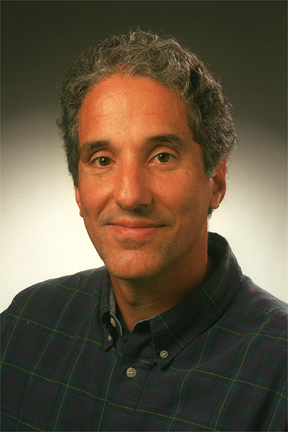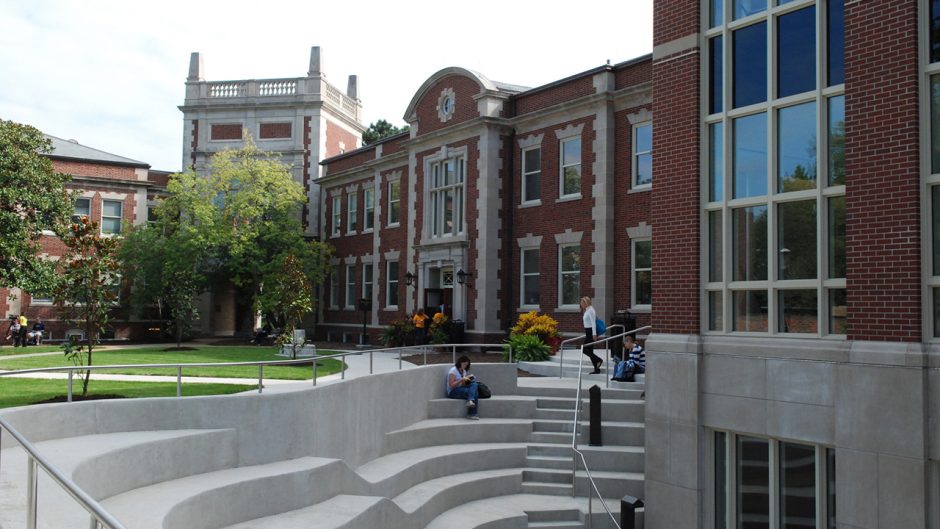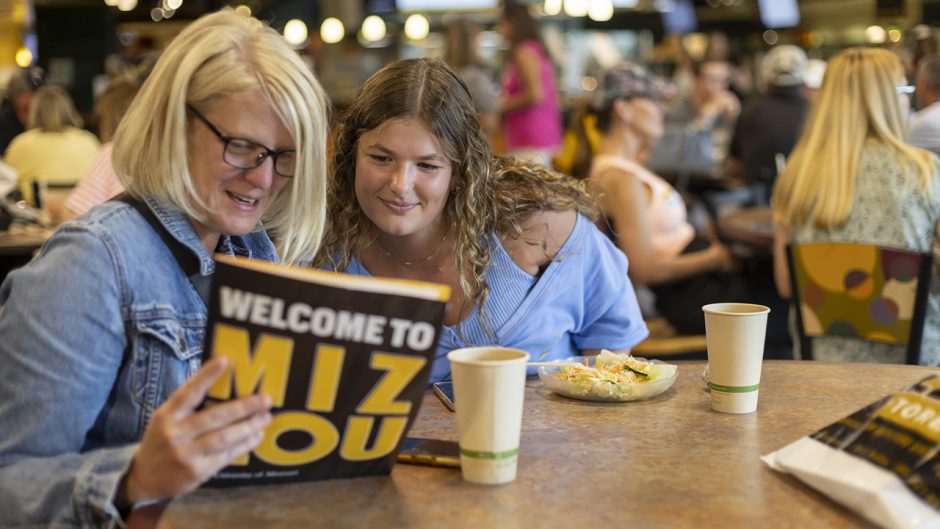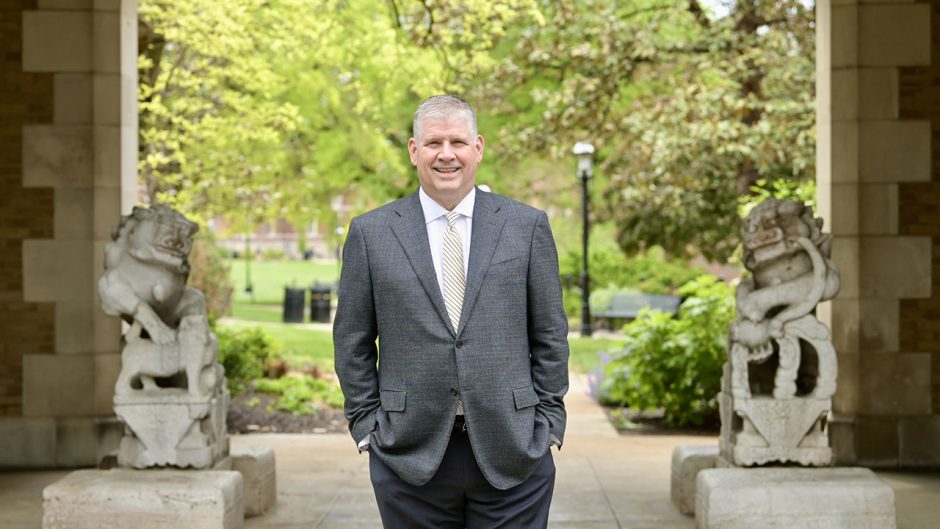
Peter Motavalli
Students often leave science, technology, engineering and mathematics (STEM) degree programs due to ineffective teaching. To combat this problem, the University of Missouri is among 25 institutions joining the Center for the Integration of Research, Teaching and Learning (CIRTL) during a recent expansion that more than doubles the network’s membership.
The Center for the Integration of Research, Teaching and Learning is dedicated to developing national STEM faculty committed to advancing effective teaching practices for diverse student audiences. CIRTL seeks to improve the teaching skills and increase the diversity of future university faculty in the STEM fields, leading to excellence in undergraduate education for students studying in STEM degree programs.
Peter Motavalli, a professor in the Department of Soil, Environmental and Atmospheric Sciences in the School of Natural Resources at MU, will serve as MU’s director of CIRTL. Motavalli says signing on with this one-of-a-kind national learning community provides a great value to each member institution.
“CIRTL learning communities can target the next generation of STEM faculty members in graduate school because 80 percent of PhDs are granted by just 100 research universities,” Motavalli says.
CIRTL’s members commit to developing local learning communities that promote proven teaching and mentoring techniques for STEM graduate students.
“Historically, STEM graduate coursework has focused on creating researchers in specific academic fields,” says Kitch Barnicle, executive director of the CIRTL Network. “New professors often face their first classes of students with little preparation in teaching. Our goal is to develop great researchers who also are great teachers.”
CIRTL stresses the use of successful, evidence-based strategies proven to promote active learning and to help STEM students from all backgrounds succeed and complete their degrees. Teaching strategies include: connecting classroom topics to real-world situations, promoting inclusive learning, encouraging teamwork through shared projects and study groups, continually assessing student progress and using research skills to advance effective teaching practices.
With 46 graduate universities now part of the network, CIRTL foresees better prepared and more diverse STEM faculty members working across thousands of colleges and universities due to the training and support of local and national CIRTL learning communities.
“We are connecting the university learning communities online, so graduate students have far more diverse experiences in higher education than just their own campuses,” says Robert Mathieu, member of the national CIRTL leadership team. “So a student at the University of Missouri also can learn about teaching from another student or professor at Howard University, for instance.”
The project is operated within the Wisconsin Center for Education Research at the highly ranked UW–Madison School of Education and supported by the National Science Foundation, Great Lakes Higher Education Corporation and Affiliates, and the Alfred P. Sloan Foundation.




